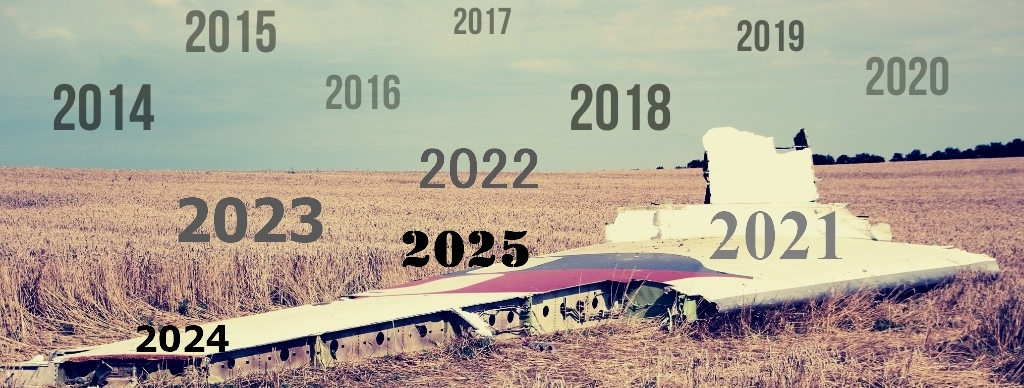90
APPENDIX P
DEVELOPMENTS RELEVANT TO THE INVESTIGATION
Since the crash of flight MH17, various initiatives have been taken with the aim of reducing
the risk of such a crash in the future. Below is a brief overview of the most important
initiatives as far as this investigation is concerned.
In August 2014, the International Civil Aviation Organization (ICAO) set up a high offcial
task force with the international branch organisations of operators (IATA),28 aerodromes
(ACI)29 and air traffc control services (CANSO)30 to discuss the selection of flight routes
and destinations in or near conflict zones.
The task force compiled a work programme comprising of twelve actions that was
approved during ICAO’s 2nd High Level Safety Conference in February 2015. Three of
these have been accelerated and approached as a pilot. First and foremost, these
concern the question of how relevant safety and security information about conflict areas
can be made available using the NOTAM system. The second action concentrates on
developing guidelines for assessing risks to civil aircraft in or near conflict areas. The
Aviation Security Panel Working Group on Threat and Risk (WGTR) provided the initiative
for this action. The third action aims to develop a prototype website for sharing
information about risks to civil aircraft in relation to conflict areas. The work programme
was adopted by the ICAO Council (23 February - 6 March 2015).
The ICAO website has been operational on a test basis since 2 April 2015. In the meantime,
a number of countries, including the United States, the United Kingdom, France, Germany,
Saudi Arabia and the United Arab Emirates, have placed information on the website
(situation in July 2015). ICAO requested Member States to report their experiences with
the website by 15 December 2015. On the basis of these experiences, an ICAO working
group may issue recommendations to the ICAO Council in the frst half of 2016.
The WGTR has identifed a series of factors that are important for estimating the risks
that conflict zones pose to civil aviation. The working group has focused on the dangers
to air traffc at higher altitudes, with an emphasis on medium or long-range surface-to-air
missiles.
In addition, a working group has been set up in response to the ICAO ‘Report from the
Senior-Level Task Force on risks to Civil Aviation Arising from Conflict zones’. This group
is tasked to review the application of ICAO provisions relating to conflict zones in order
28 International Air Transport Association (IATA).
29 Airports Council International (ACI).
30 Civil Air Navigation Services Organisation (CANSO)
